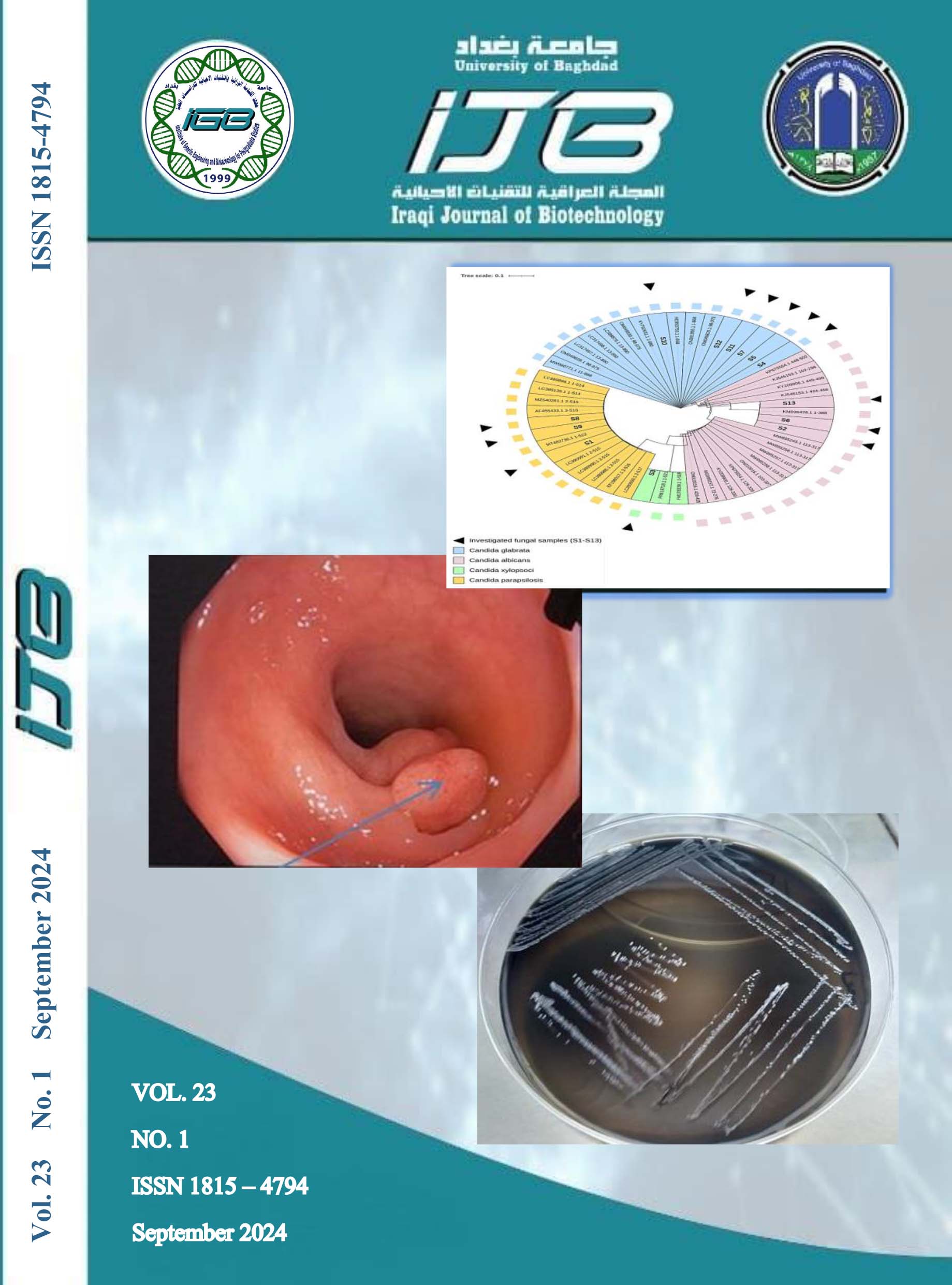Molecular detection of arr2 Gene of Rifampcin Resistant Acinetobacter baumannii Isolated from Patients Referring Baghdad Hospitals
Abstract
The Arr enzymes that catalyze ADP-ribosylation of rifamycins to render it inactive Which contributes to increasing bacterial resistance to this antibiotics , that genes encoding predicted arr enzymes are widely distributed in the genomes of pathogenic and nonpathogenic bacteria, This study aimed to isolate A. baumannii from various clinical specimens and detection of arr2 gene in rifampcin resistant A.baumannii. A total of (300) samples were collected from patients suffering from different infections in Medical City Hospital during the period from (1/7/2022) to (30/1/2023). The Vitek 2 system was used to identify bacterial isolates, and the Kirby-Bauer method was used to test antibiotic susceptibility. Among the collected clinical samples 88 (29.3%) were identified as A. baumannii. The majority of A. baumannii isolates were found in wounds (45.4%), followed by burns (30.6%), urine (14.7%), and sputum (9.0%). Antibiotic susceptibility showed that A. baumannii isolates had varying levels of resistance to the antibiotics used. It was high resistant to cefotaxime, Ceftriaxone, Rifampin, cefepime, Amikacin, Ampicillin-sulbactam and Trimethoprim- sulfamethoxazole at a percentage of (96.5, 86.3, 85.2, 84.0, 80.6, 78.4 and 70.4 %) respectively. While exhibit a moderate level of resistance to doxycycline, meropenem and Levofloxacin at a percentage (52.2, 53.4 and 67.0 %) respectively, thirty multidrug-resistant isolates including rifampicin, were subjected to molecular study by detecting the arr2 gene, it was concluded that 9 isolates out of 30 isolates (30%) have arr2 gene


